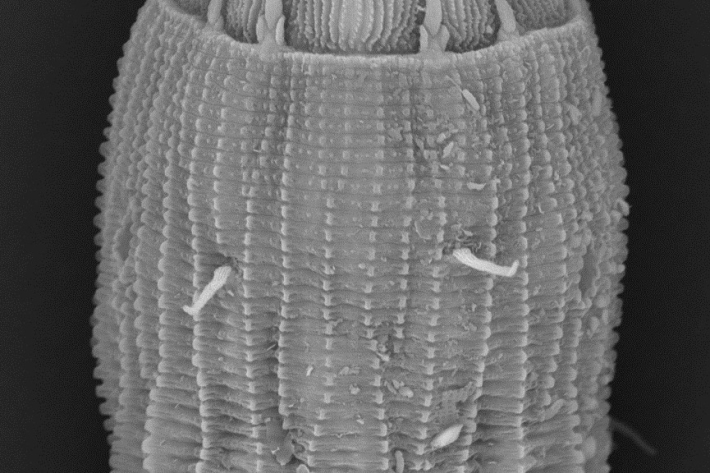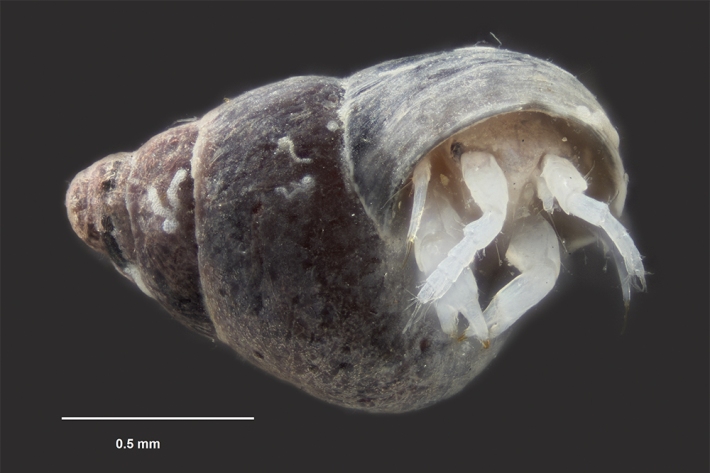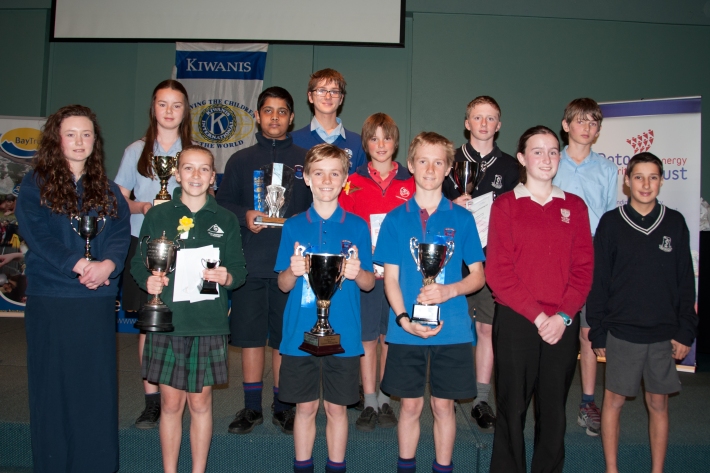-

Marine identification guides and fact sheets
On this page you will find useful information and resources on New Zealand's marine flora and invertebrate fauna. -

Critter of the Week: a new species under our feet -update
This week we re-visit a recent blog featuring some new nematode worm species discovered at Hataitai beach in Wellington. -

Counting the economic benefits of environmental research
Feature story08 September 2015New Zealand economists and NIWA have counted the economic benefits from investing in environmental research. -
NIWA launches two new marine identification e-guides: Coastal Crabs and Splendid Sponges
News article08 September 2015Where in New Zealand might you find a witchy finger sponge or a pie-crust crab? The answer will be found in New Zealand’s first series of electronic identification guides for marine invertebrates. -

NIWA science delves into ocean acidification
Media release07 September 2015NIWA scientists are to undertake a major research project to determine how New Zealand’s marine ecosystems are faring under climate change. -

NIWA Science & Technology Fair organisers and judges receive special thanks
News article04 September 2015The 2015 NIWA Regional Science & Technology Fairs have been a resounding success with over 1800 students competing from more than 130 schools. -

Critter of the Week: Macrolabrum maui – a hermit with a difference
Some of our colleagues have just published an article on a new species of tanaid from New Zealand that was found living inside tiny gastropod shells! -
Coastal Crabs
An interactive guide to the common coastal crabs of New Zealand. -

Building resilience to extreme weather events in the Pacific
Feature story02 September 2015Cyclone Pam’s furious flight path across the South Pacific in March this year illustrated the danger natural hazards pose to life, livelihoods and infrastructural development in the region. -

NIWA Science & Technology Fair winners announced
News article01 September 2015The 2015 NIWA Regional Science and Technology Fairs have again been a resounding success. -

Research and data notes
This page contains information about how deep water fisheries data are collected and reported and how we collate information on bycatch and discards. -

Waikato science fair winners announced
Media release28 August 2015An investigation in a Hamilton gully by Waikato secondary school student earned him top prize in the annual NIWA Waikato Regional Science and Technology Fair.

